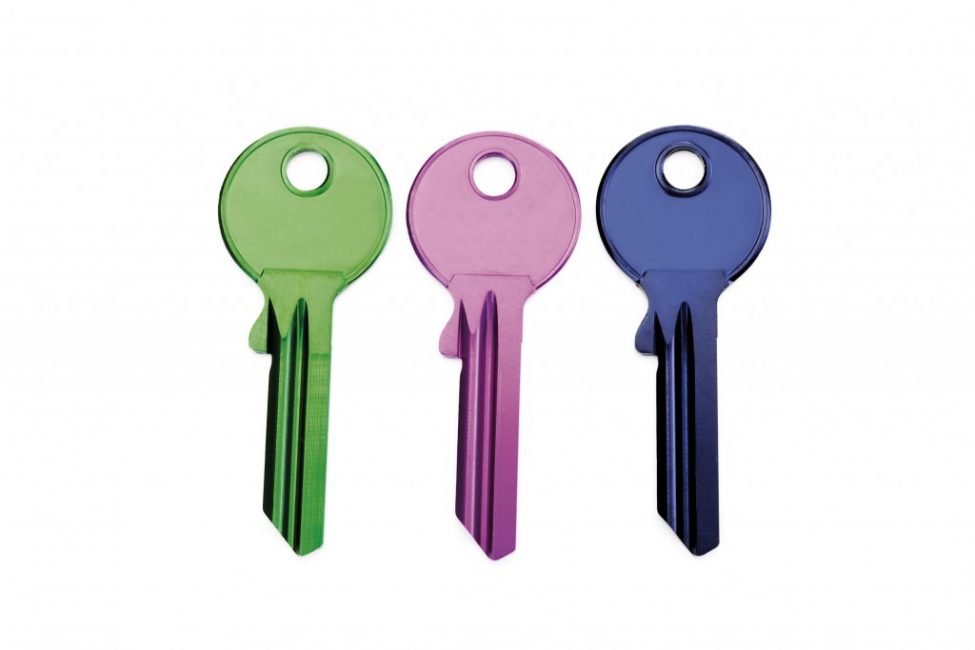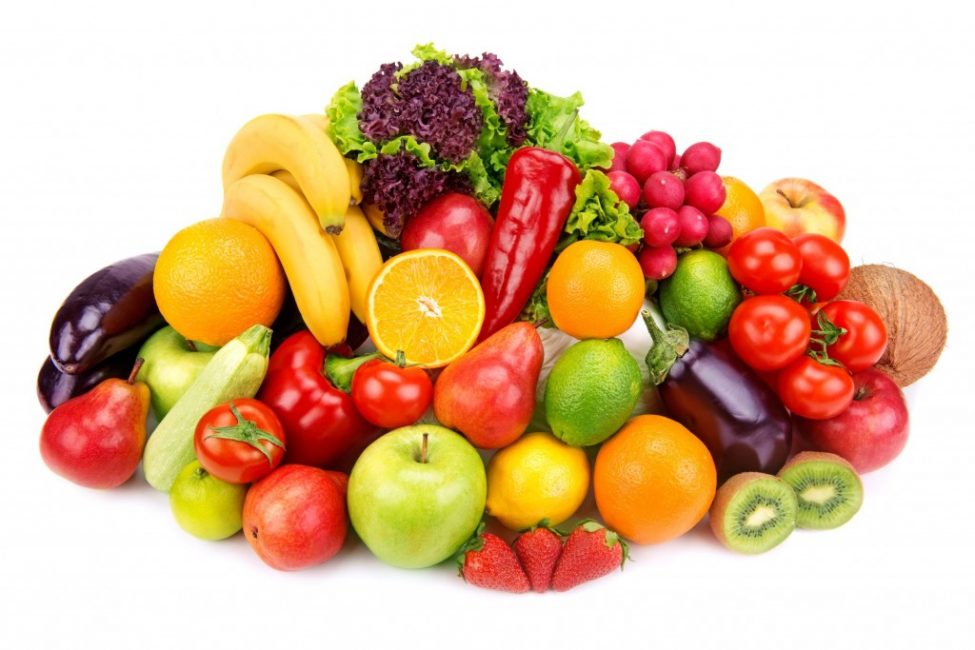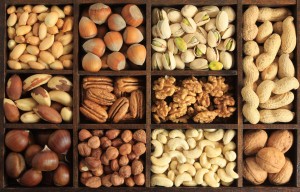
The Keys to a Proper Diet
Here’s the thing. Every body is different. Diet tips that work for one person may not work for someone else. It’s no wonder the world wide web offers a huge platform of contradictory health advice. But we filtered through the junk and found the good stuff, because there are things we all have in common.
Whether you seek a leaner body, improved digestion, clearer skin, more energy, or all of the above, an improved diet is an improved you! Here are three keys to a proper diet worth digesting.
Key #1: Shop the Perimeter
 Each of us requires calories, vitamins, and minerals. Everything we need is found in whole foods in their natural state. Forget that processed junk. Remember: processed food are a process to digest. Shopping the perimeter of the store where the whole foods are stashed (generally), keeps junk food out of sight, out of mind, and can get you in and out of the store even faster.
Each of us requires calories, vitamins, and minerals. Everything we need is found in whole foods in their natural state. Forget that processed junk. Remember: processed food are a process to digest. Shopping the perimeter of the store where the whole foods are stashed (generally), keeps junk food out of sight, out of mind, and can get you in and out of the store even faster.
From in-season strawberries and summer squash to organic chicken breasts, enjoy a colorful diet. Different pigments provide different health benefits. Shop wisely! There’s a way to “taste the rainbow” without all that refined sugar. There’s your pot of gold.
Key #2: Uncover the Villains
Don’t judge a book by its cover. Foods labeled “healthy” may not be. Here are some hidden offenders.
“Sugar Free!” labels are not good news. They are likely loaded with artificial sweeteners such as saccharin, acesulfame, aspartame, neotame, and sucralose. While calorie-free, they are possibly carcinogenic, addictive, and cancerous. They may cause a variety of issues such as a laxative effect, organ failure, and diabetes.
Diet soda isn’t much better than regular. No matter how tasty that McDonald’s Diet Coke is, artificial sweeteners are harmful. Talk about fool’s gold.
“Fat Free” is a double-agent, code for double sugar. It sounds nice until you realize the fat is replaced with more sugar. That sly dog.
“Gluten Free” is important for those with Celiac Disease or gluten allergies. However, gluten free isn’t universally healthy. Common gluten replacements are corn, soy, potato, and other overly processed fillers that lack nutrition and can cause poor digestion.
Wheat bread is a magic trick. Unless it’s whole grain, wheat bread is just white bread wearing a disguise. No matter the grain, if it is processed, (shelled and ground to a flour,) nutritional value is eliminated and the body treats it like sugar. Look for the “Whole Grains” stamp!
Key #3: Crave What You Eat. Eat What You Crave.
 Chocolate cake. There. Now that I have your attention, let’s talk cravings. Other than craving something simply because it’s tasty, we might crave foods our body is used to, or because we are mineral or vitamin deficient.
Chocolate cake. There. Now that I have your attention, let’s talk cravings. Other than craving something simply because it’s tasty, we might crave foods our body is used to, or because we are mineral or vitamin deficient.
Whatever food is consistently entering our body is what our bodies will ask for. Thus, eat greens, want greens! On the downside, indulgences are delightful at the expense of craving it again later. Cutting an indulgence completely may eventually end cravings for that food.
Sometimes, cravings can suggest a vitamin or mineral deficiency. What is your body really saying? Here is a list of cravings and what your body might be looking for:
Chocolate: magnesium (found in nuts and sweet potatoes)
Sweets: chromium (found in broccoli and grapes)
Bread cravings: nitrogen (found in fish and beans)
Ice: iron (found in meat, greens, and cherries)
Cheese: calcium (found in milk, almond milk, and butter)
Salty snacks like chips: electrolytes (found in citrus, carrots, and beets)
It’s never too late to start a healthier lifestyle. Clean up your act with clean eating. Your body will eat the benefits right up!
